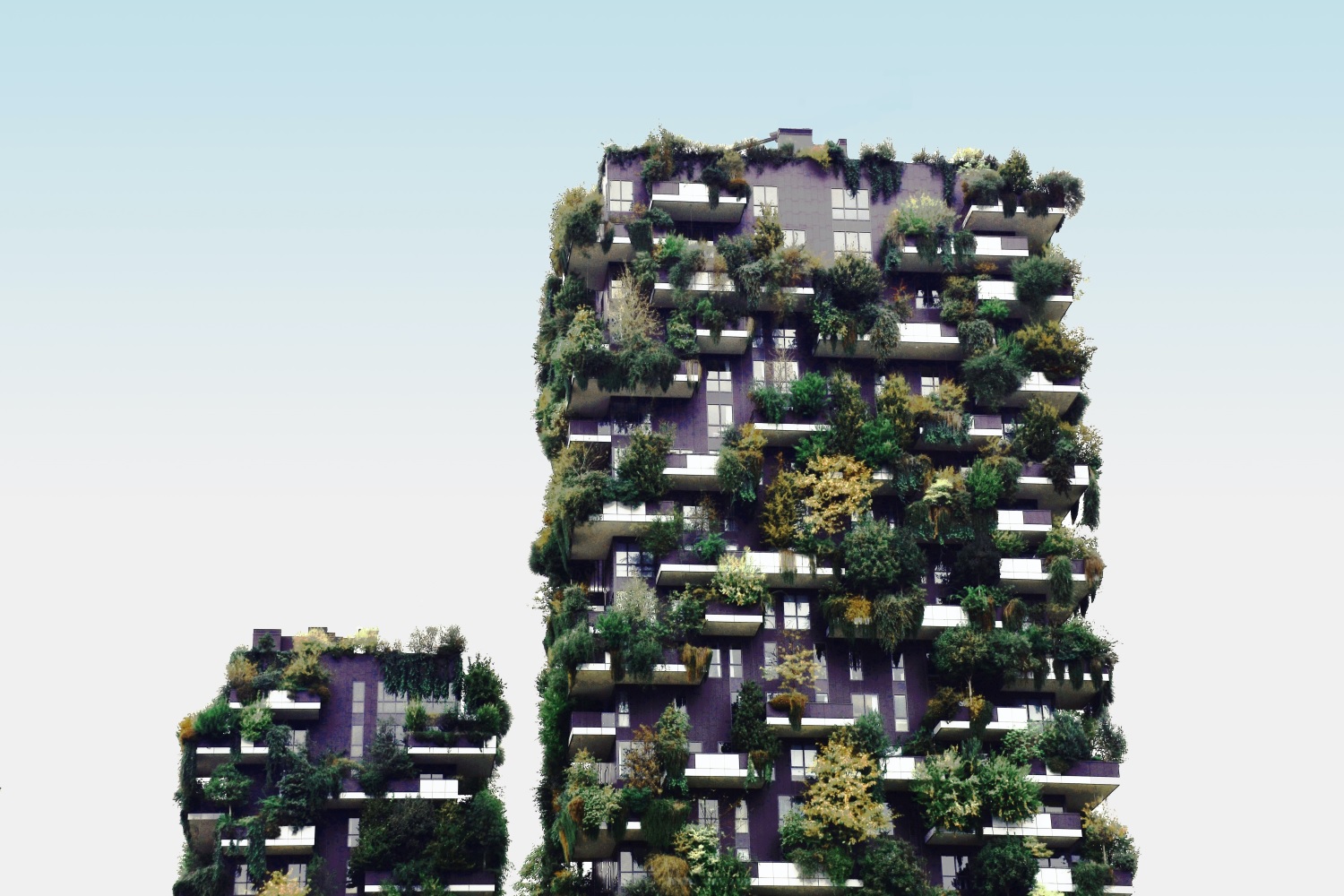Biophilic Design: The Future of Greener Living Spaces
A rekindled connection with nature ignites hope for the future

Key takeaways from this article
- Biophilic design develops a functional environment for people as biological organisms
- This revolutionary approach can be applied by incorporating nature, being inspired by it, and interacting actively and passively with it.
- Biophilic design and nature-inspired elements improve physical, psychological, and social well-being.
The revolutionary concept of biophilic design in architecture seeks to harmonize human spaces with nature. Urban sprawl and modern living distance us from the natural environments we evolved in, making it more important to reconnect with nature. This imperative is about psychological and physiological well-being, not just aesthetics.
In this article, we will understand why we need a different approach, biophilic design, and the benefits for us and the environment.
A needed paradigm shift
Our built environment plays a crucial role in energy consumption and pollution. Increased urbanization has led to a decline in biodiversity, with 40% of total emissions originating from the built environment.[1]
We spend a staggering 90% of our time indoors, raising concerns about our physical and psychological well-being in enclosed spaces.[2] The built environment not only harms our planet but also poses health risks. Poor indoor air quality can lead to sick building syndrome, which is defined as a “situation in which building occupants experience acute health and comfort effects that appear to be linked to time spent in a building, but no specific illness or cause can be identified.”[3] These issues highlight the urgent need for a paradigm shift in how we design our living spaces.
These discoveries, while surprising, are not novel. Humans have always required physiological interaction with nature, and the “biophilia” theory investigated this topic in order to improve our living spaces.
Biophilic design: What it is and how it can be applied
Biophilic design, rooted in the age-old concept of biophilia, offers a solution. It integrates natural elements and principles into architecture to create healthier, more sustainable living environments.
Biophilic design, a 21st-century movement, applies the biophilia theory to architecture. Its primary aim is to develop functional spaces that align with the needs of humans as biological beings residing in the modern world.[4] This approach has three key components:
This revolutionary approach can be applied in three different ways:
- Nature Incorporation: Modern buildings integrate natural elements like water, air, plants, animals, landscapes, and daylight. This creates an ecosystem that respects the environment while promoting energy efficiency;
- Nature Inspiration: Taking inspiration from the Earth, architects engineer building forms, shapes, patterns, and mechanisms based on natural dynamics;
- Nature interaction: This aspect encourages the interplay between indoor and outdoor experiences through window views, balconies, courtyards, indigenous materials, native plants, and transitional spaces with natural elements.[5]

Why Biophilic design is so effective
Biophilic design offers a multitude of benefits, addressing physical, psychological, and social aspects of well-being:[6]
Physical benefits:
- Indoor plant systems reduce CO2 levels by 10%–20% and enhance health.
- Greenery improves acoustics, making spaces quieter, while providing privacy.
- Green views enhance cognitive performance, concentration, and productivity, reducing fatigue.
Psychological benefits:
- Nature in architectural design reduces stress and negative emotions.
- Green spaces provide tranquility and increase visual gratification, satisfying our innate desire to connect with nature.
Social benefits:
- Urban biophilic design concepts like rooftop greenhouses, open-air gardens, indoor farms, and vertical agriculture systems revolutionize urban food production and strengthen communities.
- Green workplaces at the workplace improve concentration, creativity, cognitive performance, and workplace satisfaction, reducing sick leave.
Biophilic design is not witchcraft
Biophilic design is not a new, untested concept but a well-researched approach rooted in science. It’s time to take the first steps towards reorganizing our living spaces based on these principles and suggestions. By integrating nature into our built environments, we can enhance our well-being, reduce our environmental impact, and create a harmonious balance between modern living and the natural world.
References
[1] “Designing with Nature”. Available at: https://www.sciencedirect.com/science/article/pii/S2095263523000201
[2] “Designing with Nature”. Available at: https://www.sciencedirect.com/science/article/pii/S2095263523000201
[3] “Indoor facts: Sick Building Syndrome”. Available at: https://www.epa.gov/sites/default/files/2014-08/documents/sick_building_factsheet.pdf
[4] “Biophilic design as a new approach in urban sustainability”. Available at: https://akjournals.com/view/journals/606/17/1/article-p145.xml
[5] “Biophilic design in architecture and its contributions to health, well-being, and sustainability”. Available at: https://www.sciencedirect.com/science/article/pii/S2095263521000479
[6] “Designing with nature”. Available at: https://www.sciencedirect.com/science/article/pii/S2095263523000201
Author: Giuseppe Scandariato
Latest from the Blog